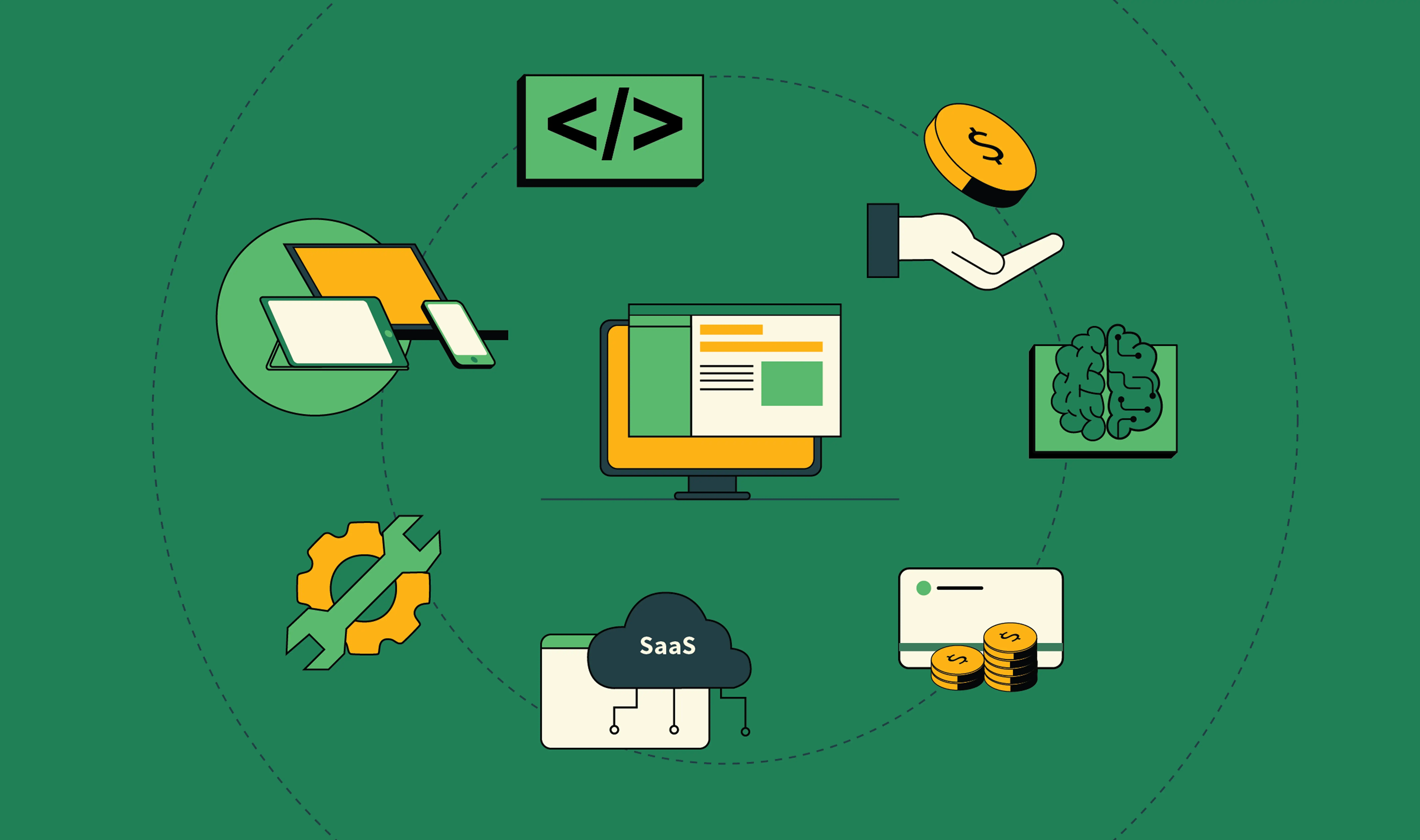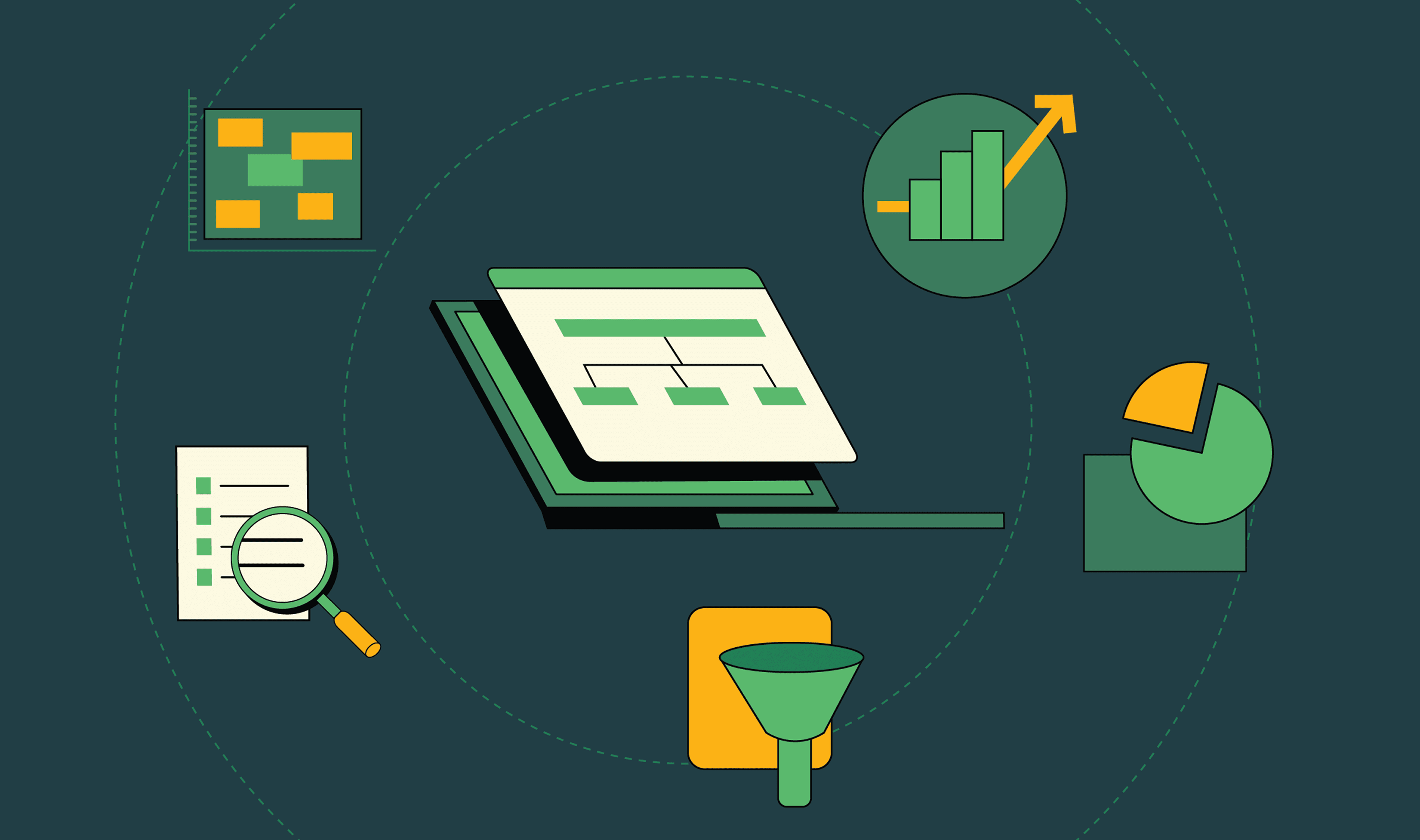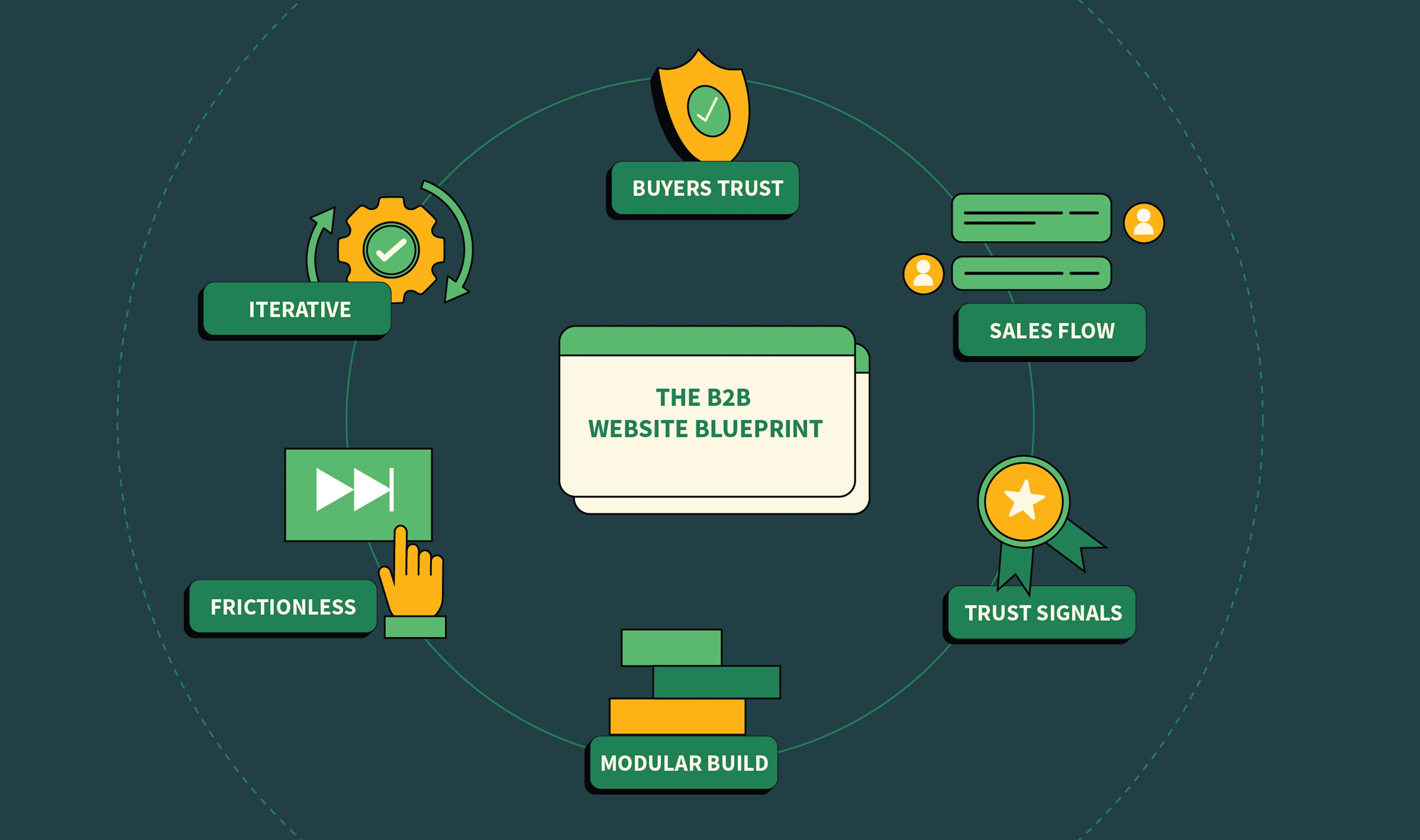When was the last time you continued on a website even though it looked boring, outdated, and performed poorly? A rare scenario, right?
In B2B, your website isn't just your digital presence; it's your biggest asset in grabbing attention and turning visitors into buyers.
50% of buyers say that their initial impression of a business is determined by its website layout. Yes- half of your potential clients are judging your credibility on how your website works and looks. Don’t take that for granted.
So, if your site is not aligned with current trends, it may be costing you leads. The best news? We have the 10 hottest B2B web design trends of 2025 that will enable you to build a site that not only looks good but performs better, too.
Web Design Trends You Can’t Ignore in 2025
With evolving buyer expectations, what worked last year might not be enough today. Here are the top 10 B2B web design trends for 2025, trends that will enhance digital experiences, improve web design, navigation, and maximize conversions.
AI-Driven Personalization

Imagine landing on a website that feels like it was made just for you. It has content that speaks your language, recommendations that fit your needs, and quick answers to your questions. No, that’s not magic but AI-driven personalization.
In the B2B world, where decision-makers are looking for fast, relevant information, this trend is a game changer. It means using AI to analyze visitor behavior, understand preferences, and serve tailored content in real time.
Examples/Use cases:
- AI-powered chatbots answering client queries.
- Dynamic content adjusting to user roles (e.g., CEOs vs. managers).
- Personalized resource hubs for different industries.
Motion UI & Microinteractions

Source: Forethought
Let’s be honest, no one likes boring, static web pages anymore. Motion UI and microinteractions add that extra flair that keeps users hooked. It’s not just about looking cool; it’s about making your site feel intuitive and interactive.
When you’re dealing with heavy content or data, subtle animations can break things down, guiding users through complex info without overwhelming them. This is brilliant for B2B websites with complex data. Small elements like graphs, interactive visuals, and hover effects create a modern, engaging experience. However, keeping up with evolving web design trends while scaling your business can be challenging. That’s where expert help comes in. Partner with ThunderClap, an award-winning B2B website revamp agency, to transform your site into a high-performing asset that turns visitors into real customers.
Examples/Use cases:
- Animated graphs and charts to break down complicated data in a visually appealing way.
- Subtle hover effects highlight key information when you move your cursor over buttons or images.
- Interactive pricing tools that change dynamically based on user input, making cost breakdowns clearer.
3D & Immersive Web Experiences

Source: Scale
Everyone gets excited when Nike uses 3D product models on their site so customers can spin and see all sides of a shoe. B2B organizations can steal the trick, using 3D web experiences to highlight software interfaces or product features.
Times are changing, and no one wants to go through boring manuals to understand a product. That's where immersive web design and 3D come in. Imagine this: being able to view a product from every angle or take a virtual tour of a software interface without ever leaving your desk. It's like giving your target audience a hands-on demo without all the inconvenience.
Examples/Use cases:
- Include interactive 3D product demonstrations on your website.
- Utilize virtual product tours with interactive showrooms.
- Add animated walkthroughs to demonstrate software features.
Dark Mode & High-Contrast UI

Source: Robin Radar Systems
Here’s the harsh truth: business professionals are stuck in front of their screens for hours, and bright screens can feel irritating at times. That's why dark mode and high-contrast UI are going mainstream to be default modes.
Remember how Google and Apple switched to dark modes and audiences loved it so much that all other websites and apps started launching it too? Whether it’s dashboards, reports, or just browsing, dark mode makes text and visuals pop without being harsh. Plus, giving people the option to switch between light and dark shows you care about their comfort.
Examples/Use cases:
- Giving users the option to switch between dark and light mode on dashboards, so they can pick what’s comfortable for them.
- Using bold, high-contrast colors in reports to make data easy to read, especially during long work hours.
Minimalist & Brutalist Design Mashup

Source: Viedoc
Sometimes, less is more. This couldn’t be more true for B2B websites where information is of utmost importance. Most brands are switching to minimalist & brutalist design because they cut to the chase and avoid any distractions. This can be helpful for brands that prefer clean, bold grids that focus more on the message.
Rather than bombarding visitors with too many graphics and a plethora of choices, it's about making the website simple and intentional. B2B buyers, in particular, have no time to navigate through redundant content. They need plain messages and clear navigation, such as Google's simple home page or Notion's clean dashboards.
Examples/Use cases:
- Landing pages with a single, powerful CTA that’s impossible to miss.
- Structured layouts that highlight core services without extra visuals.
- Bold, clean typography that guides the eye directly to key points.
AI-Generated & Code-Free Design

Source: Hostinger
This is one of the hottest B2B web design trends from the past couple of years. Instead of hiring developers/programmers, brands are shifting toward AI-generated and code-free designs. The results? Lowers costs with a fuss-free website. It not only simplifies the web design & development process but also allows brands to test, run, and modify the website at their own terms.
There are a lot of options in the market, such as Wix or Webflow, that empower non-tech users to design professional, dynamic sites effortlessly. So, instead of juggling with lines of code or developer’s instructions, brands can seamlessly create websites and focus on what matters the most: growing their business.
Examples/Use cases:
- AI-driven landing pages that automatically adjust for higher conversions.
- Platforms that offer automated A/B testing to fine-tune user experiences.
- Code-free website builders that let marketers and designers make updates instantly.
Dynamic Typography & Kinetic Text

Source: Inshur
If you want to move beyond the simple & sleek design and add a pinch of flair, then consider dynamic typography or kinetic text. Dynamic typography and kinetic text are popular in 2025 because they bring life to static pages.
When executed correctly, it gets the audience's attention on important messages, gives it a contemporary feel, and makes it appear interactive, when actually it's simply text on a screen. For example, Spotify's animated album titles or Netflix's dynamic, bold introductions hook you immediately. They're attention-grabbing and subtly push you to focus on what matters most.
Examples/Use cases:
- Animated headlines that display client success stories or statistics.
- Kinetic text that highlights key metrics, like revenue growth or performance gains.
- Subtle animations in call-to-action buttons to draw clicks.
Smart Content Loading for Speed Optimization

Source: Equiem
You’ll lose 42% of users if your website functions poorly. The number is scary, and no business wants to face it. So, it is important to design websites that function properly, with effective speed optimization. With attention spans getting shorter than ever, brands need to make websites that load quickly. Slow pages not only annoy customers, but they send them straight to your competition.
That's where speedy content loading takes center stage in recent B2B web design trends. By using AI to maximize speed, pages can provide content in the blink of an eye, even when handling large files or international traffic. Consider how Instagram or YouTube manages content. You do not download the entire page prior to viewing or scrolling. Instead, items load when needed, providing a seamless experience.
Examples/Use cases:
- Images and videos that load only when you scroll to them, so the page feels faster.
- Important content at the top of the page that shows up instantly while the rest loads in the background.
- Use AI to make sure your website loads quickly no matter where visitors are coming from.
Accessibility-First Design

Source: BBC
Approximately 15% of the global population lives with a disability. That's a massive number of potential customers who might be missing out on your content if your website isn't accessible.
In 2025, accessibility design is no longer the right thing to do; it's a good business strategy. Whether you're talking about visual disabilities, hearing impairments, or mobility impairments, making a website accessible to all is about connecting with more individuals and showing that you actually care about the user experience. And it ensures you comply with the ADA regulations.
Examples/Use cases:
- Use AI-powered tools to generate alt-text for images automatically.
- Enable voice-activated search to make navigation easier for all users.
- Implement keyboard navigation and high-contrast modes for improved accessibility
AR & VR in Web Design

Source: VR X
Consider how much more convenient it would be to sell your product if your customers really got to witness it do its magic, no demos, no travel, just a hands-on experience. That's where VR and AR come in, it's about bringing complicated solutions into reality.
With remote decision-making becoming the norm, companies that embrace AR and VR have a massive advantage. You’re not just showing products, you’re helping clients visualize them in their own space, building trust and driving engagement. Plus, the wow factor doesn’t hurt either. The result? Higher conversion rates and better customer experiences.
Examples/Use cases:
- Create virtual product walkthroughs to demonstrate features and benefits.
- Use AR to let prospects visualize how your solution fits into their setup.
- Collaborate with a SaaS PPC Agency to highlight your immersive experiences in targeted campaigns.
Your Website Deserves a 2025 Glow-Up!
Gone are the days when having a website was sufficient; nowadays, buyers want exciting, engaging, and interactive websites to make their choices. From immersive AR experiences to lightning-fast loading speeds, these B2B web design trends highlight every detail that plays a key role in building trust and boosting conversions.
That’s where ThunderClap steps in. With the top 1% of developers, designers, and copywriters on board, we don’t just create websites, we craft growth engines that leave a lasting impression. Ready to level up your online presence? Let’s talk?
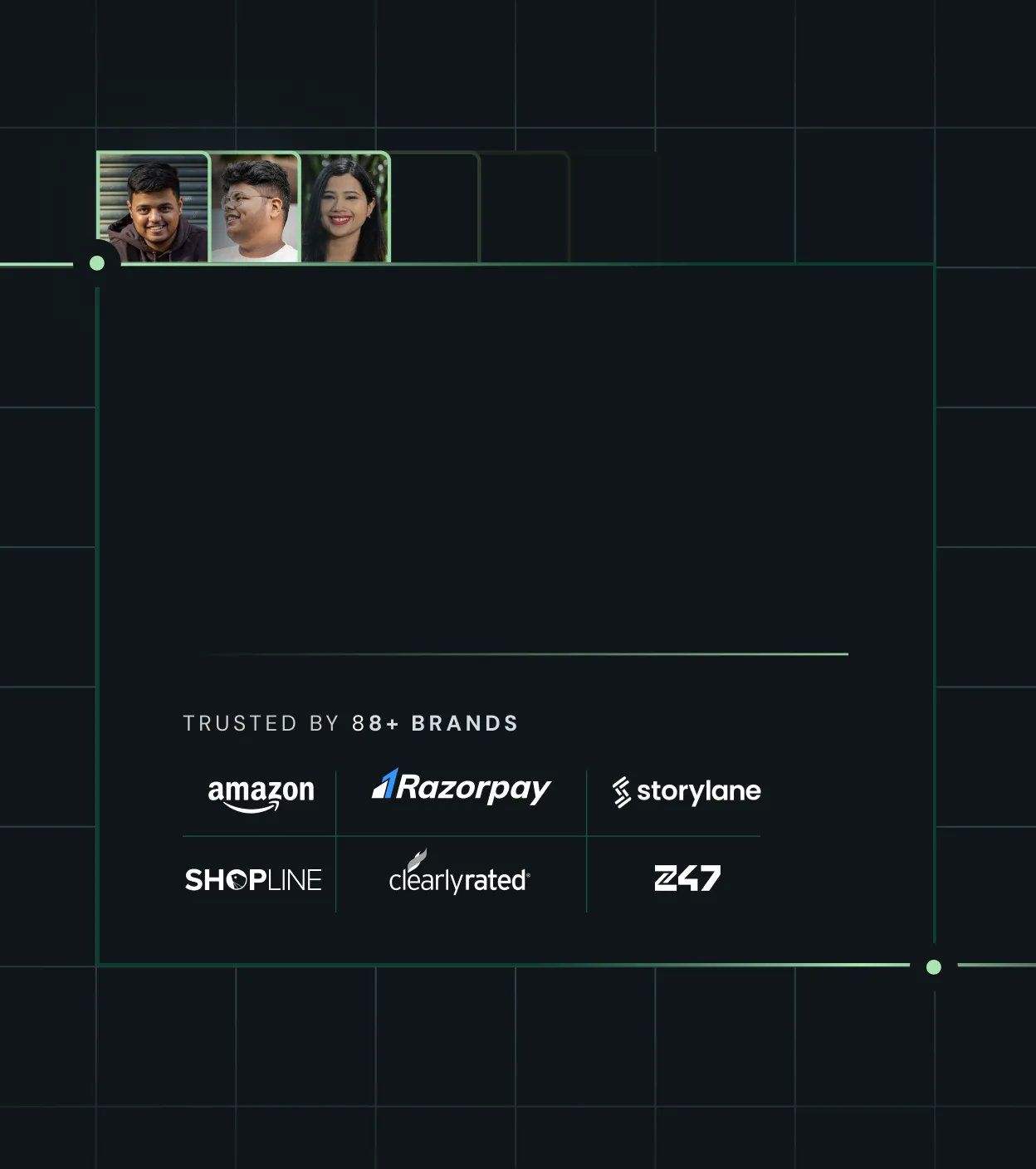


Interested in seeing what we can do for your website?





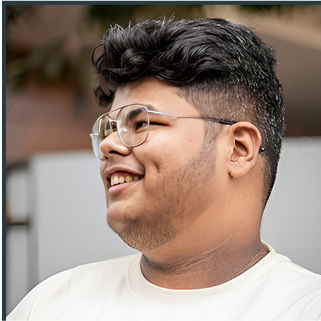


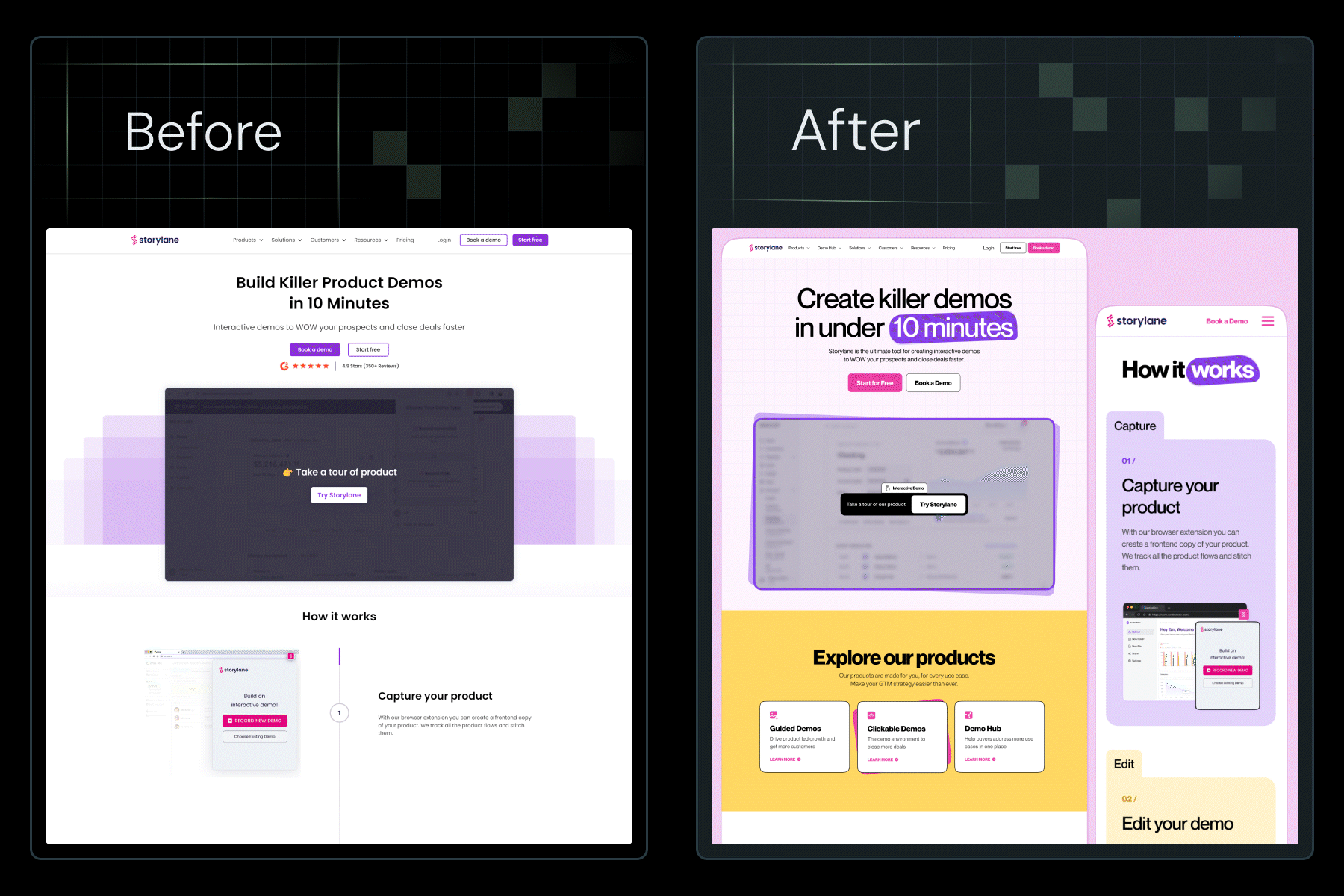








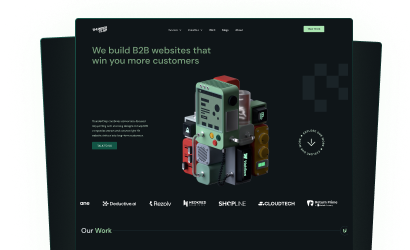

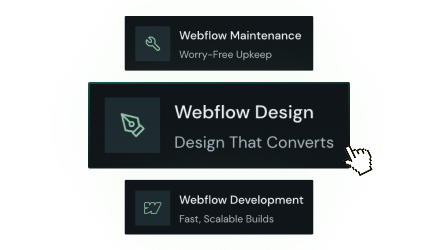
.png)
